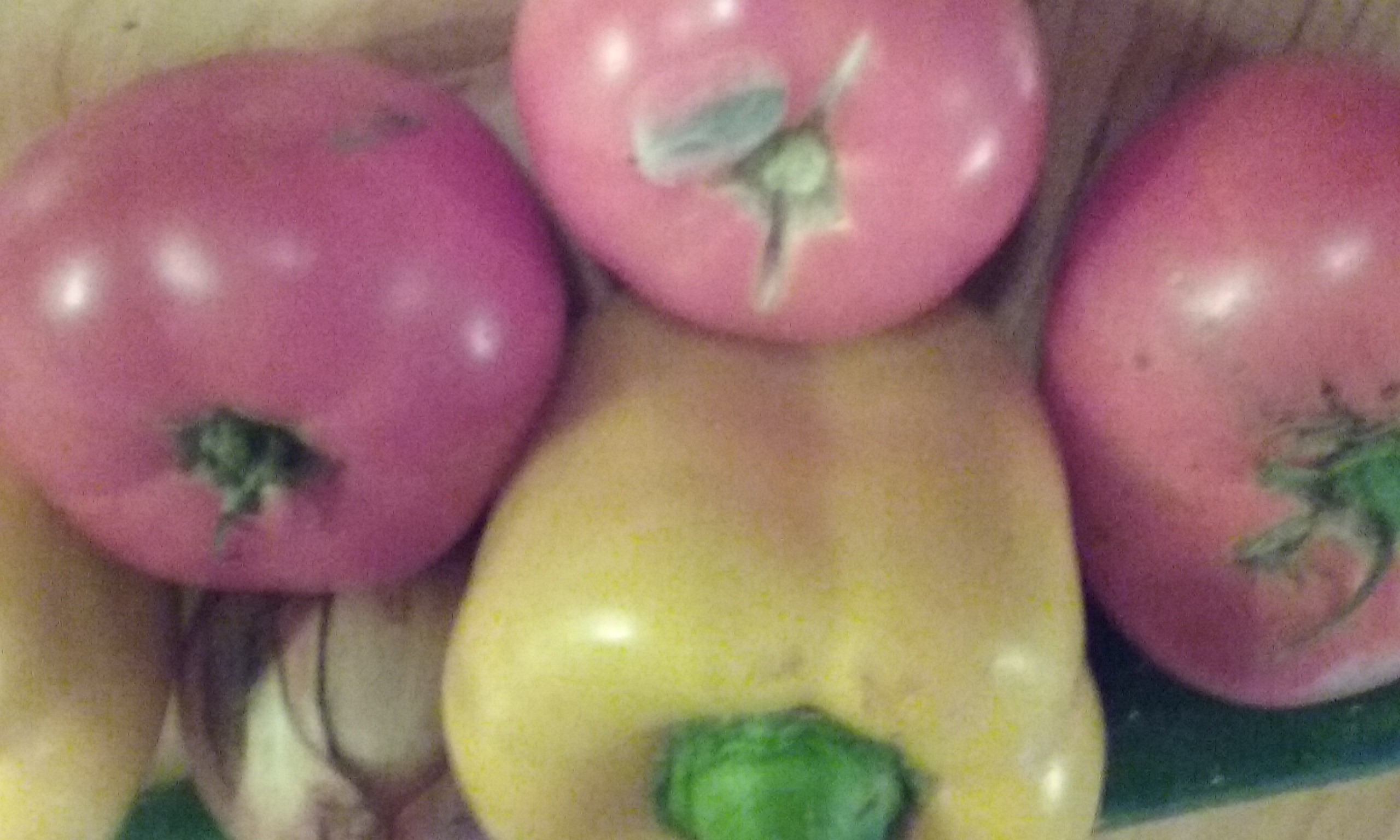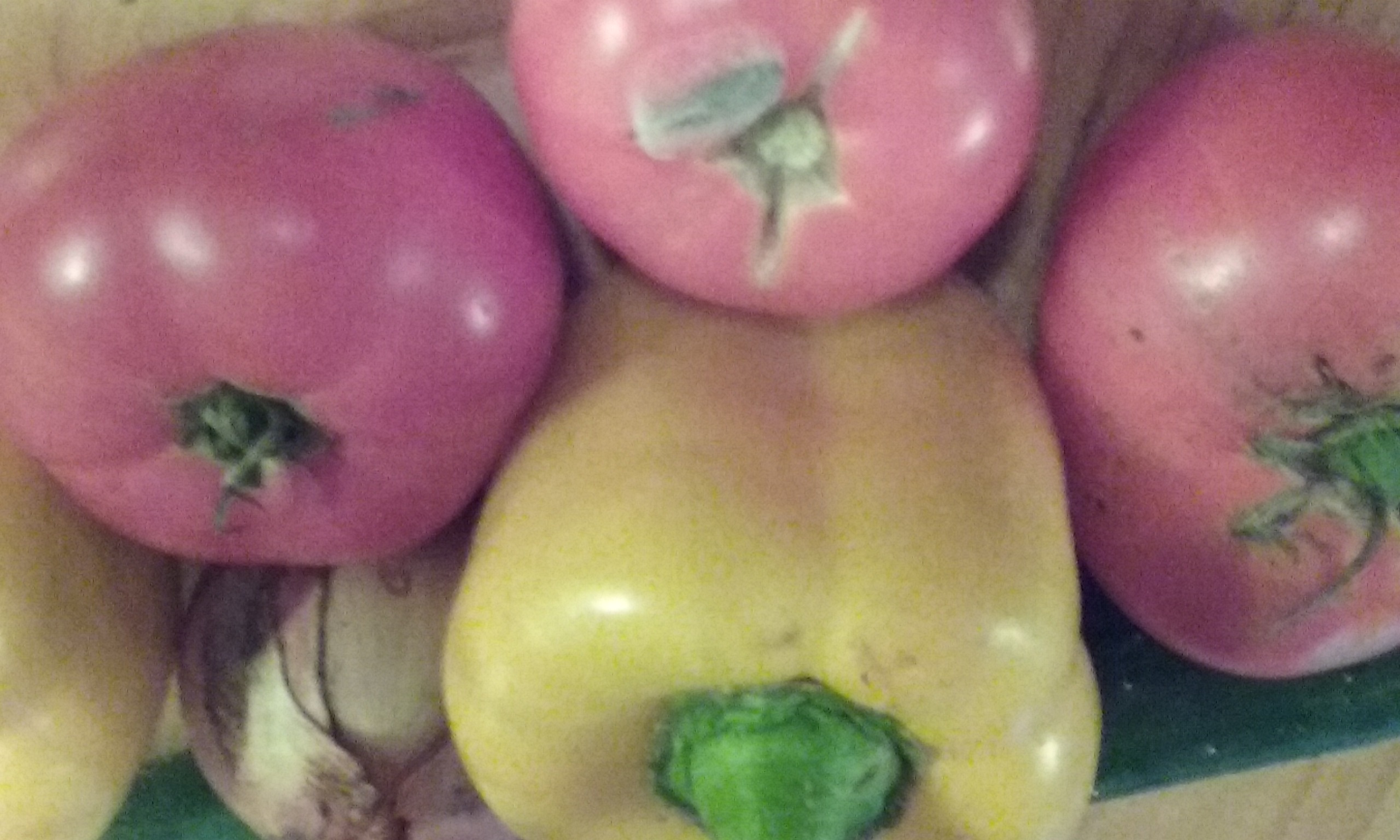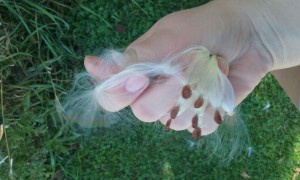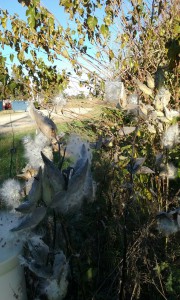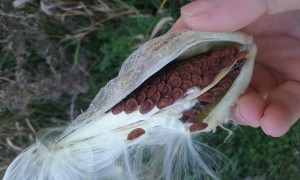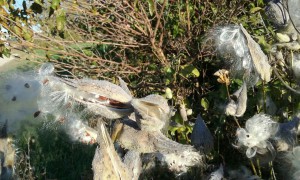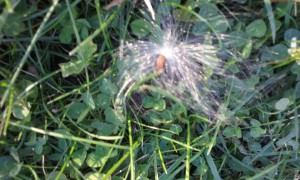Welcome to Shannon McNear, who has spun a tale about a murderous duo that really lived and wreaked terror along the Wilderness Trail in the early days of the United States. Never heard of the “terrible Harpes?”
Neither had I, but Shannon’s historical research has brought them to life, including the demise of their reign of terror. She’s also offering a free signed copy of THE BLUE CLOAK to a fortunate commenter.
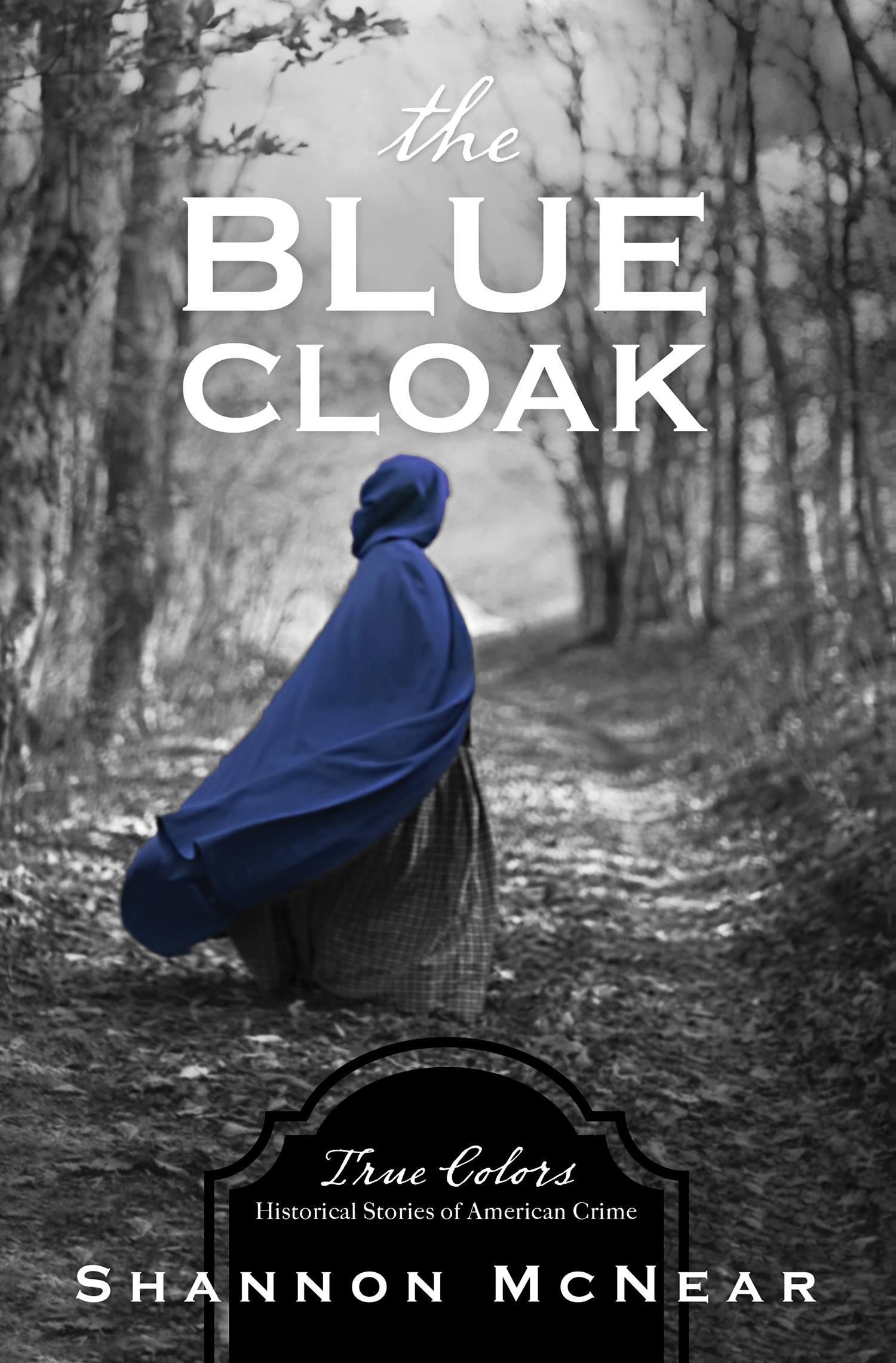
The Story Behind The Blue Cloak
If you believe “the good old days” were kinder and gentler than our modern era, think again. Human nature has always been fascinated with the dark or mysterious, and film and social media are but recent methods for feeding that curiosity. History is full of ghost stories and accounts of horrific crimes.
In the terrible Harpes, you get a bit of both—or at least, a level of demonic intimidation that feels a bit ghostly. And who are these Harpes? Micajah, also known as “Big” for his sheer size and “ugly,” threatening appearance, and Wiley, called “Little,” though his height was not insignificant, referred to themselves as brothers, but were most likely cousins. Their boyhood dominated by the American Revolution and sons of staunch Tories, they melted into the frontier for several years after the war, reportedly living with the Cherokee for a while before surfacing as part of “white” society sometime around 1797. They tried their hand at a semblance of ordinary life as settlers near Knoxville, Tennessee, but after accusations of livestock theft, they took their three women and went on the run for several months.
Yes, that’s three women, between two men. Their presence on the Wilderness Road in Kentucky in December 1798 is well documented, as is a string of murders laid at their feet. They spent time in jail but escaped before they could be tried, temporarily leaving their hapless women and newborn babies behind. The spring and summer of 1799 brought a veritable reign of terror across portions of Kentucky and Tennessee, where the men struck lone travelers and whole families alike, having no respect for either age or gender.
The craziest thing, however, was their effect even on mounted patrols whose sole purpose was to hunt them down. Several accounts were given of search parties coming unexpectedly face-to-face with the Harpes but suddenly losing their nerve and turning tail to run. I could understand it in the case of travelers who barely had a rifle or two between them, but—fully armed men, who were supposed to be mentally prepared for the job?
It didn’t help that in particularly rugged and remote terrain, the Harpes—men, women, and their babies—were skilled at vanishing into the wilderness like wraiths. With folk not knowing where they’d strike next, and only the most savvy trackers able to tell where they’d traveled, it’s probably no wonder that people were in mortal fear.
When researching this sliver of history for my most recent novel, The Blue Cloak(#5 of the True Colors crime series), I became convinced that the story of their pursuit and end was above all one of spiritual warfare, and that prayer must have played a crucial role in putting an end to their murder spree.
Story summary:
From 1797 to 1799, a pair of outlaws known as the terrible Harpes spread terror across the Kentucky and Tennessee frontier.
Rachel Taylor watched her best friend’s marriage turn to horror before the entire family disappears into the wilderness of Tennessee and Kentucky. Virginia native Benjamin Langford seeks the whereabouts of his missing cousin and uncovers a reign of terror all up and down the Wilderness Road. In their shared grief, the pair join the effort to bring the Harpes’ murder spree to an end and rescue Rachel’s friend from a criminal’s life.
About the author:
Transplanted to North Dakota after more than two decades in the Deep South, Shannon McNear loves losing herself in local history. As the author of four novellas and three full-length novels, with her first title, Defending Truthin A Pioneer Christmas Collection,honored as a 2014 RITA® finalist, her greatest joy is in being a military wife, mom of eight, mother-in-law of three, and grammie of three. She’s also a contributor to Colonial Quills and a member of ACFW and RWA, and is represented by Tamela Hancock Murray of the Steve Laube Agency. When not cooking, researching, or leaking story from her fingertips, she enjoys being outdoors, basking in the beauty of the northern prairies.

You can connect with Shannon on these social media links:
Website: shannonmcnear.com
Facebook(https://www.facebook.com/pages/Shannon-McNear/462336880012)
Pinterest(http://pinterest.com/shenandoahdawn/)
Goodreads(https://www.goodreads.com/author/show/6880909.Shannon_McNear)
Twitter(https://twitter.com/ShannonMcNear)
BookBub (https://www.bookbub.com/profile/shannon-mcnear)

